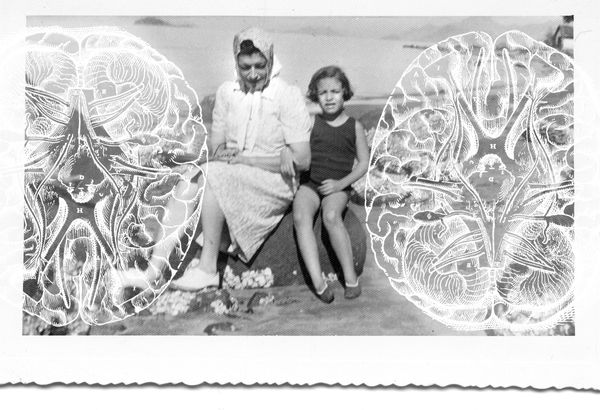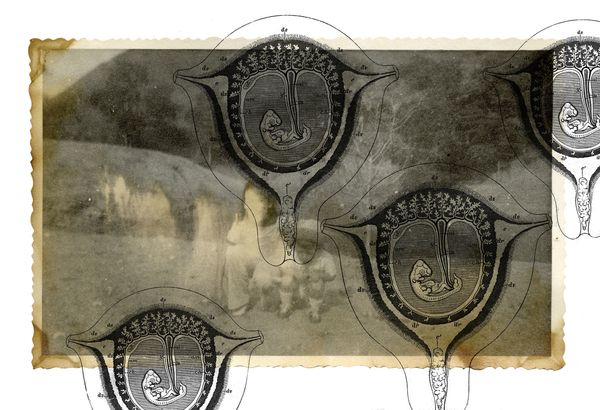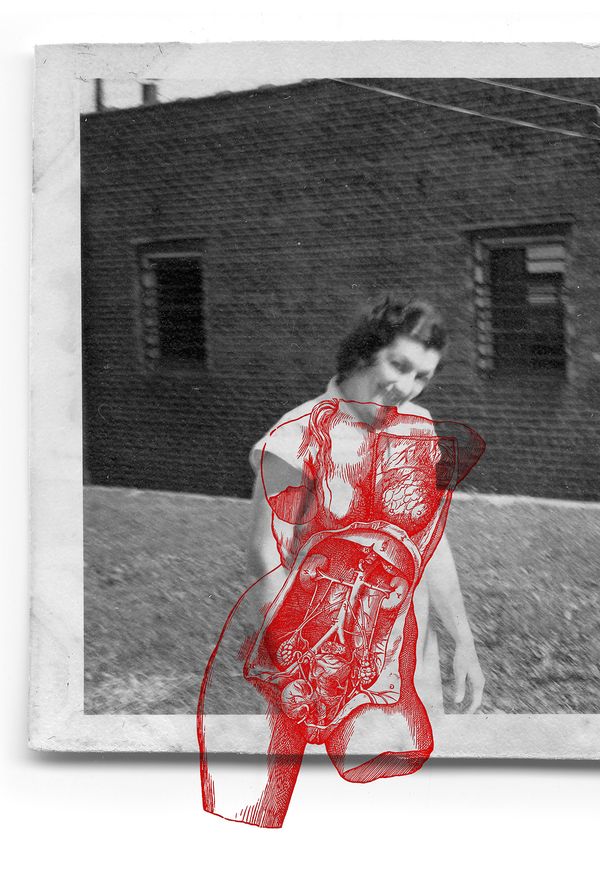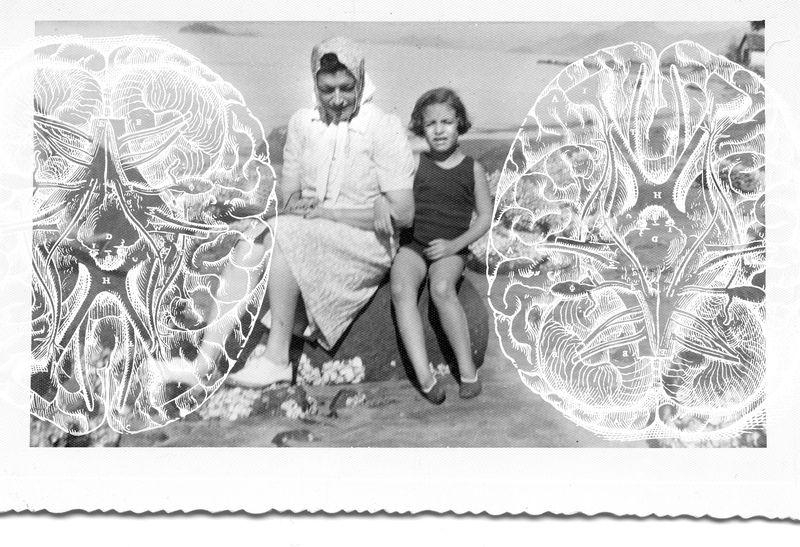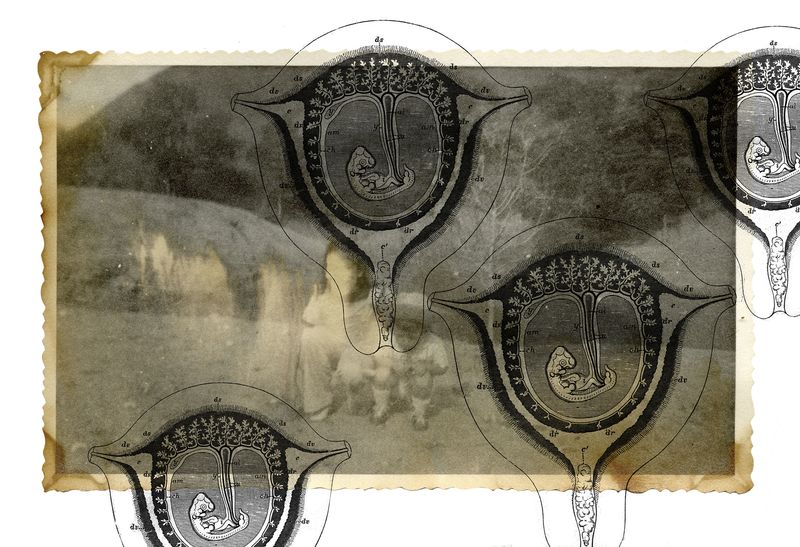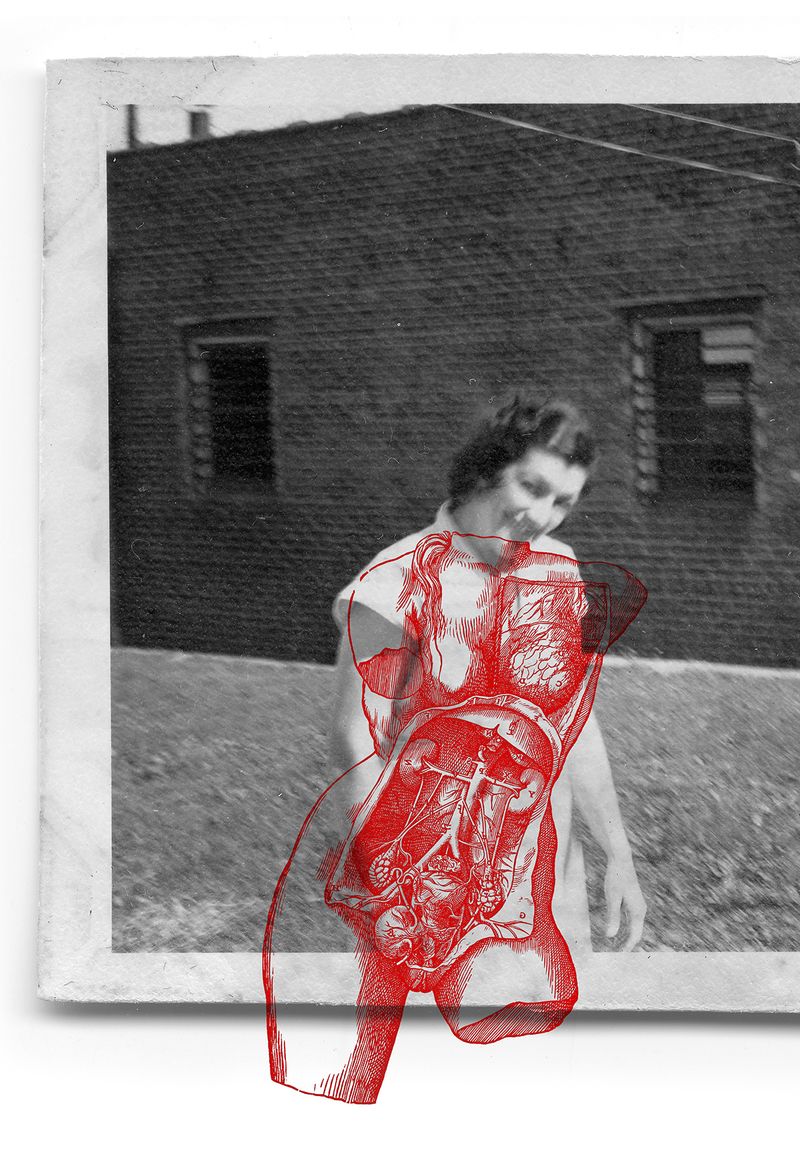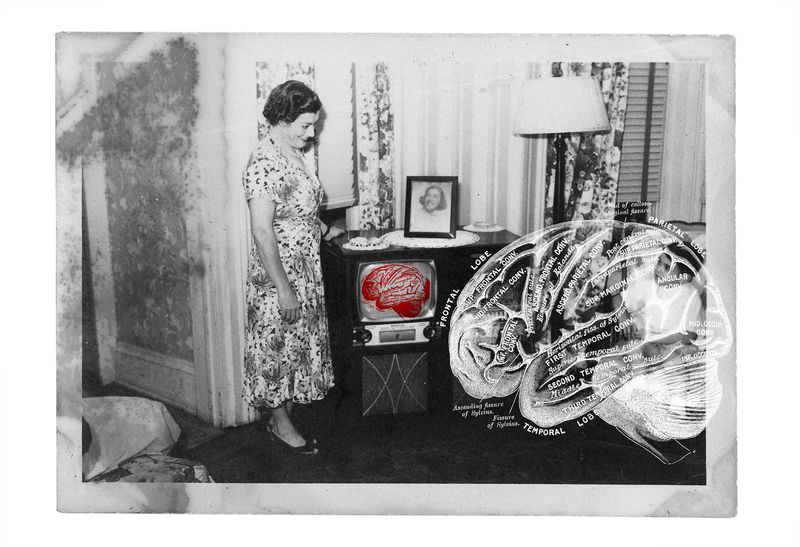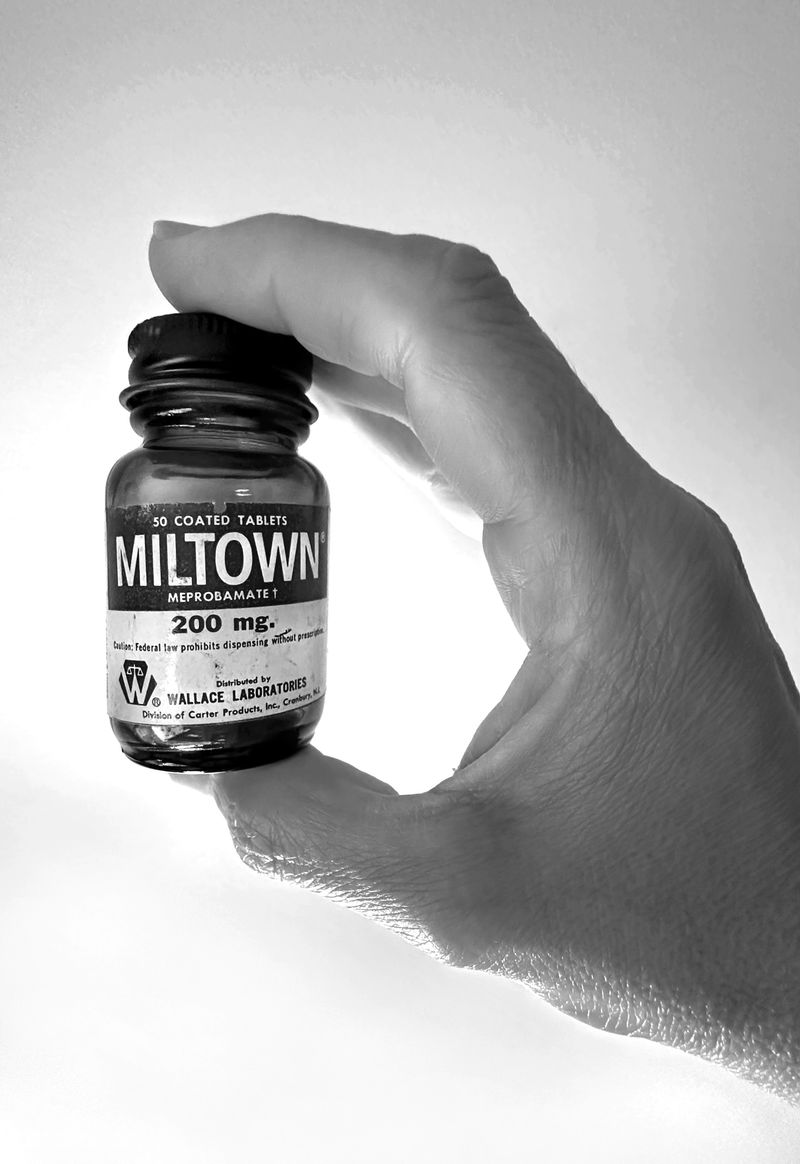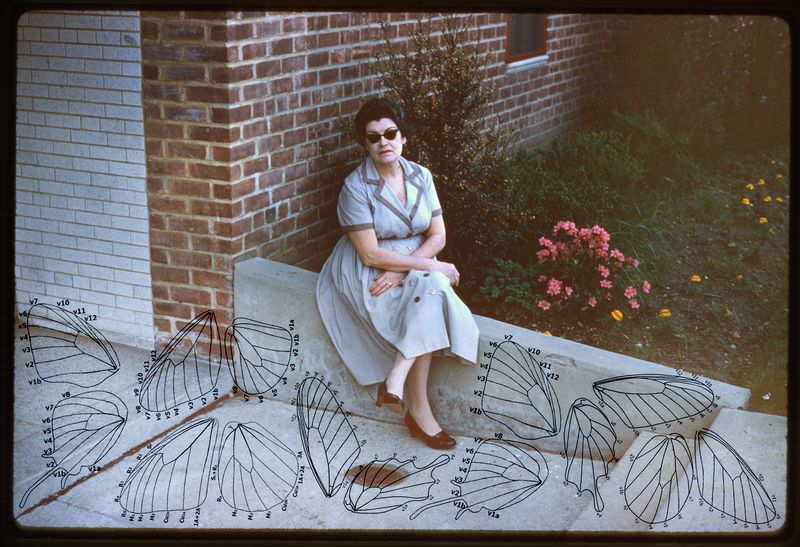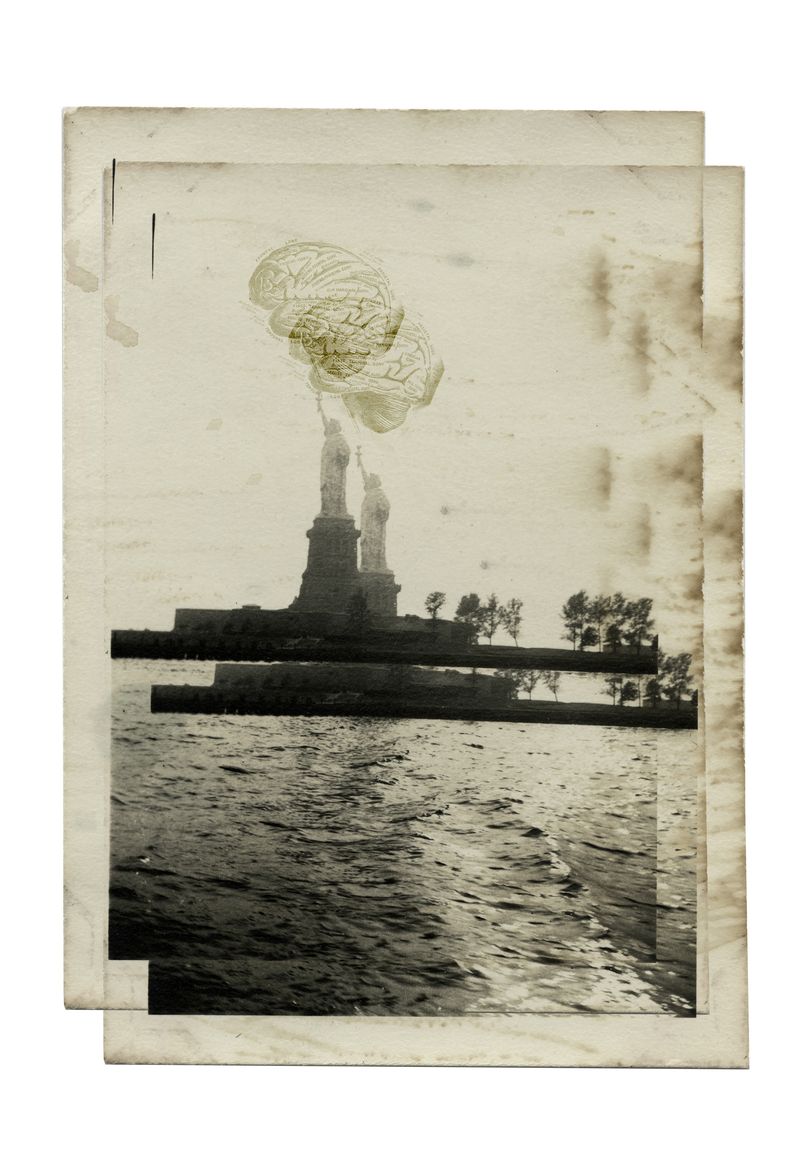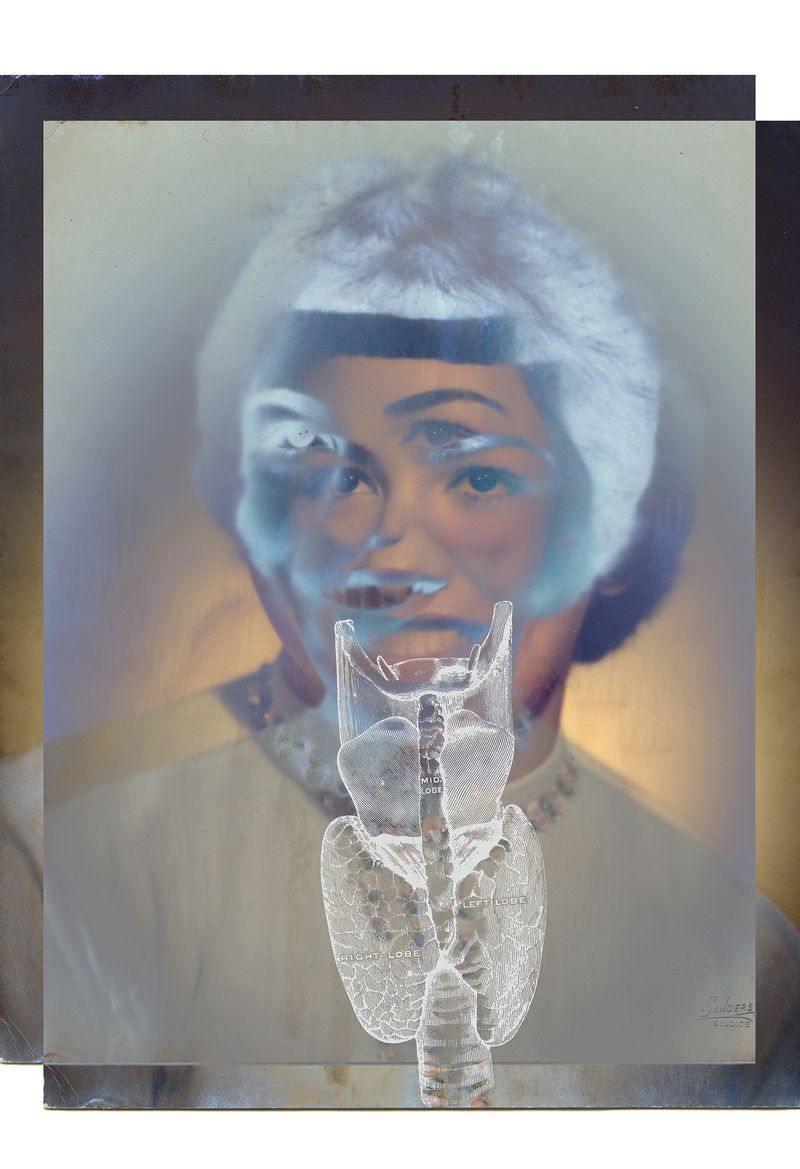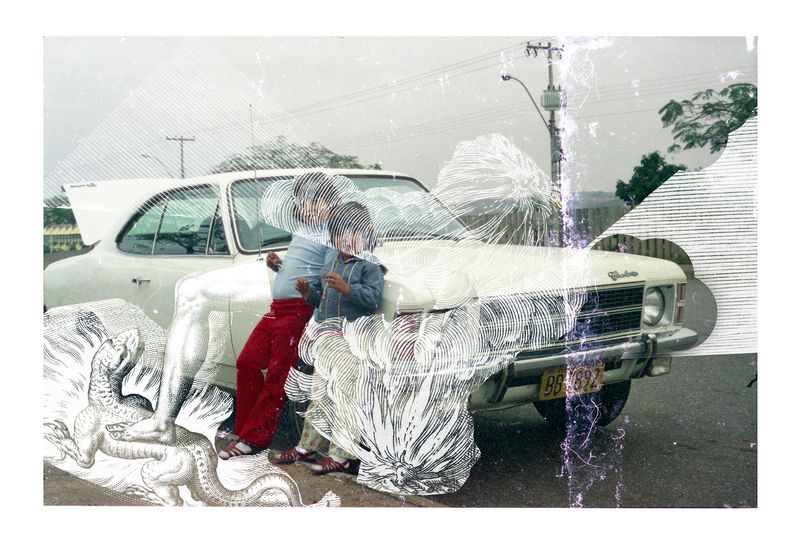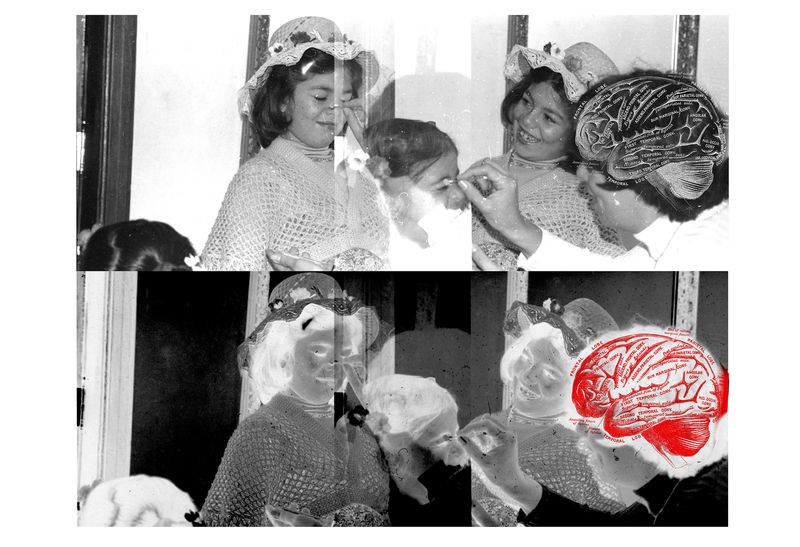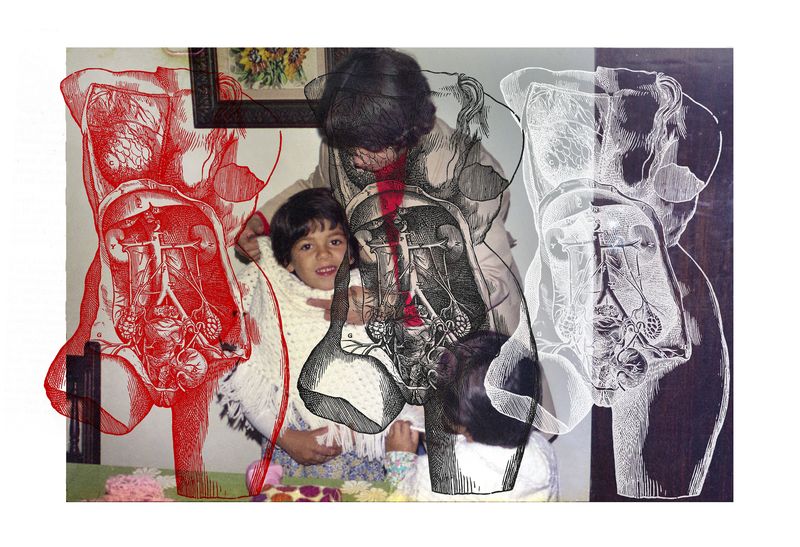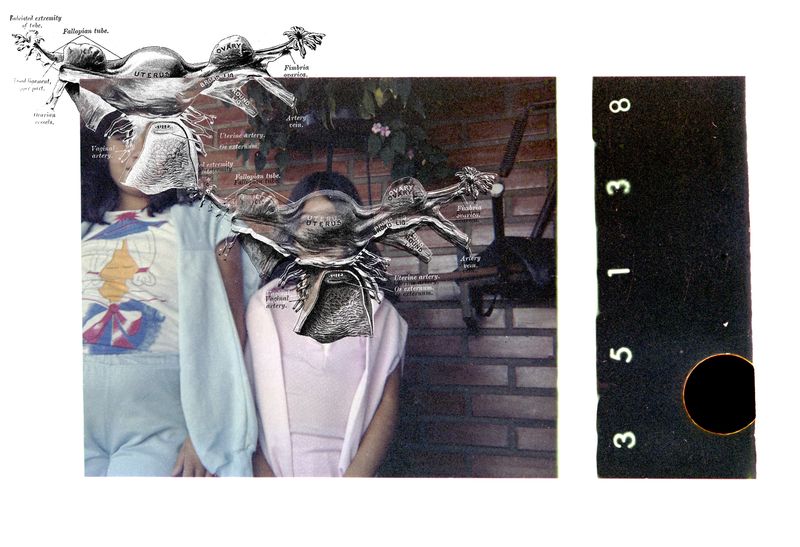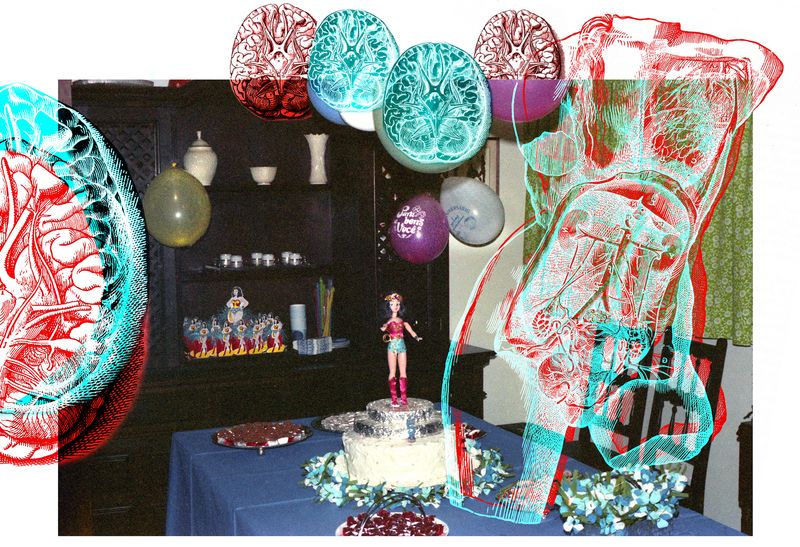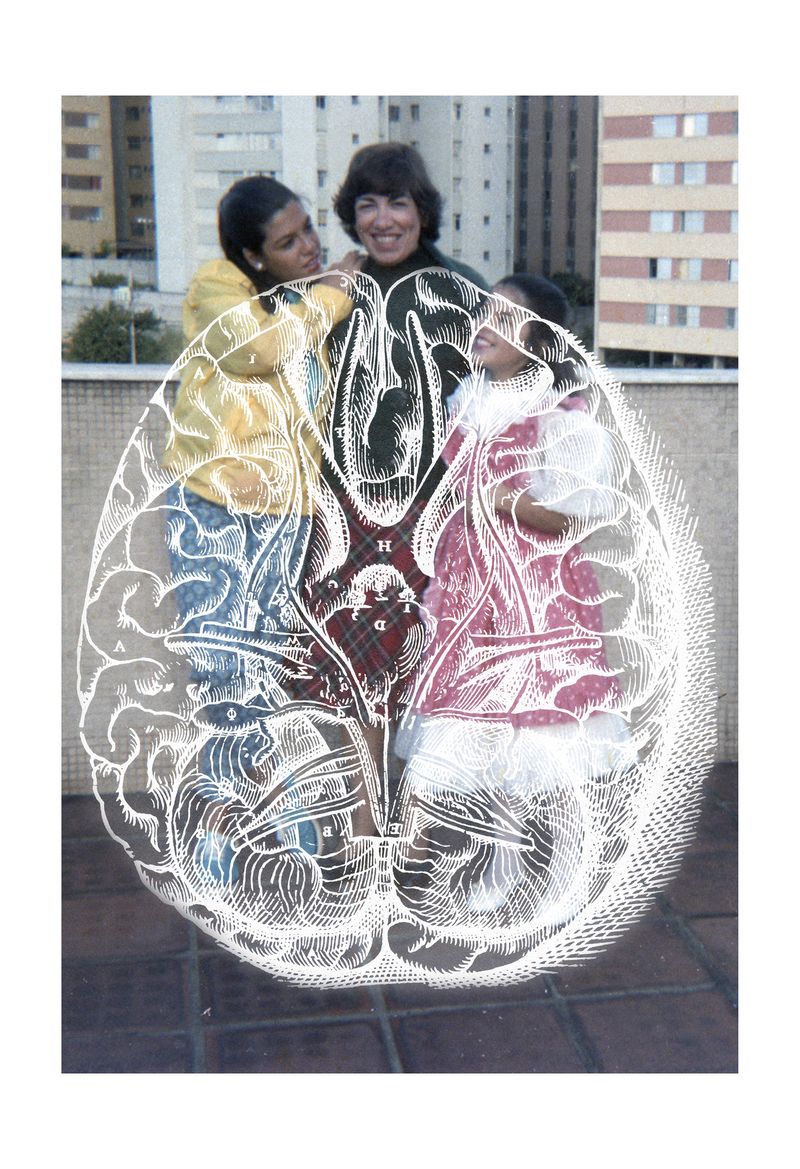DEPRESSION. POSSESSION. REPRESSION.
-
Dates2022 - 2024
-
Author
- Locations United States, Brazil
The family archive becomes evidence of the loss of autonomy suffered by territories and bodies where silencing and repression prevails. Mental and health imbalances are layered with the geopolitical context in which these female bodies reside.
In my latest series “DEPRESSION. POSSESSION. REPRESSION.”, I represent the protection
and resilience mechanisms that women in my family used for their survival when dealing with
physical imbalances and mental disorders that gradually affected their bodies.
Through interventions I insert a constant tension into my family’s photographic archive to
represent the gap in emotional references in my matrilineal heritage. Exposing their weaknesses
and dependencies through layers of meanings, I reveal emotional, hormonal, social or cultural
gaps that prevented these women from maturing in an environment of understanding, care and
support.
To the cover-up of female health issues, and the taboos linked to mental disorders of females in
my family is added the geopolitical context in which their bodies were inserted. The multiple
family migrations between the United States and Brazil were not translatable experiences,
leaving the ancestral female bodies permeable to political ideologies, social rhetoric and
religious beliefs. I demarcate moments in which international policies, social strategies and
cultural indoctrination permeate women in my lineage, causing them to lose possession of their
own bodies.
When contextualized within a dictatorial government in Brazil, emotional gaps mimic the
historical gaps that bodies occupying spaces under censorship and oppression may carry. The
family archive becomes evidence of the eventual and inevitable loss of autonomy suffered by
territories and bodies where silencing and repression prevails.
